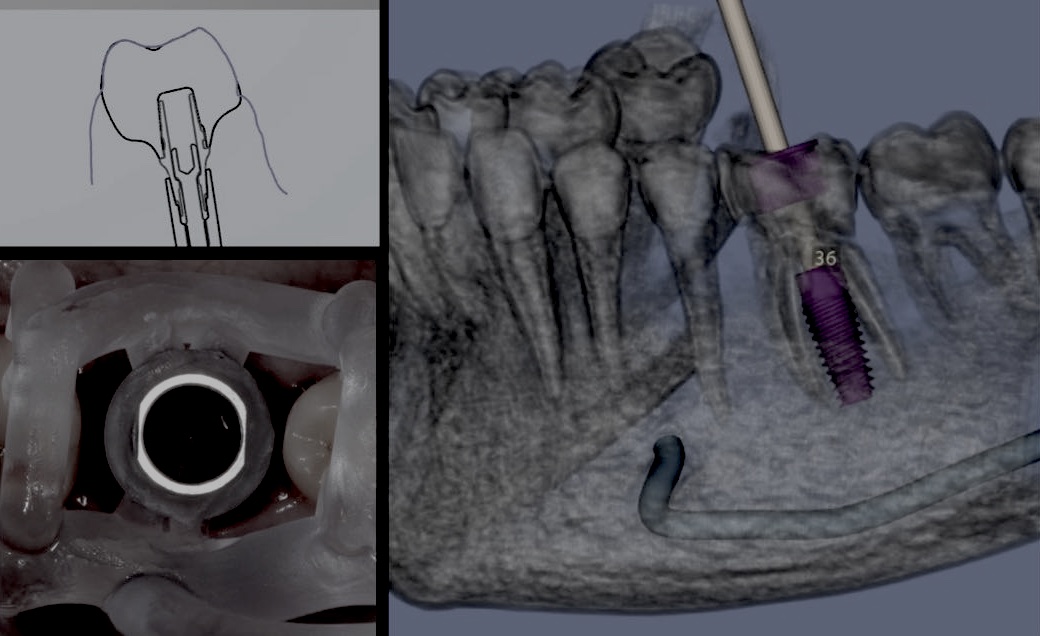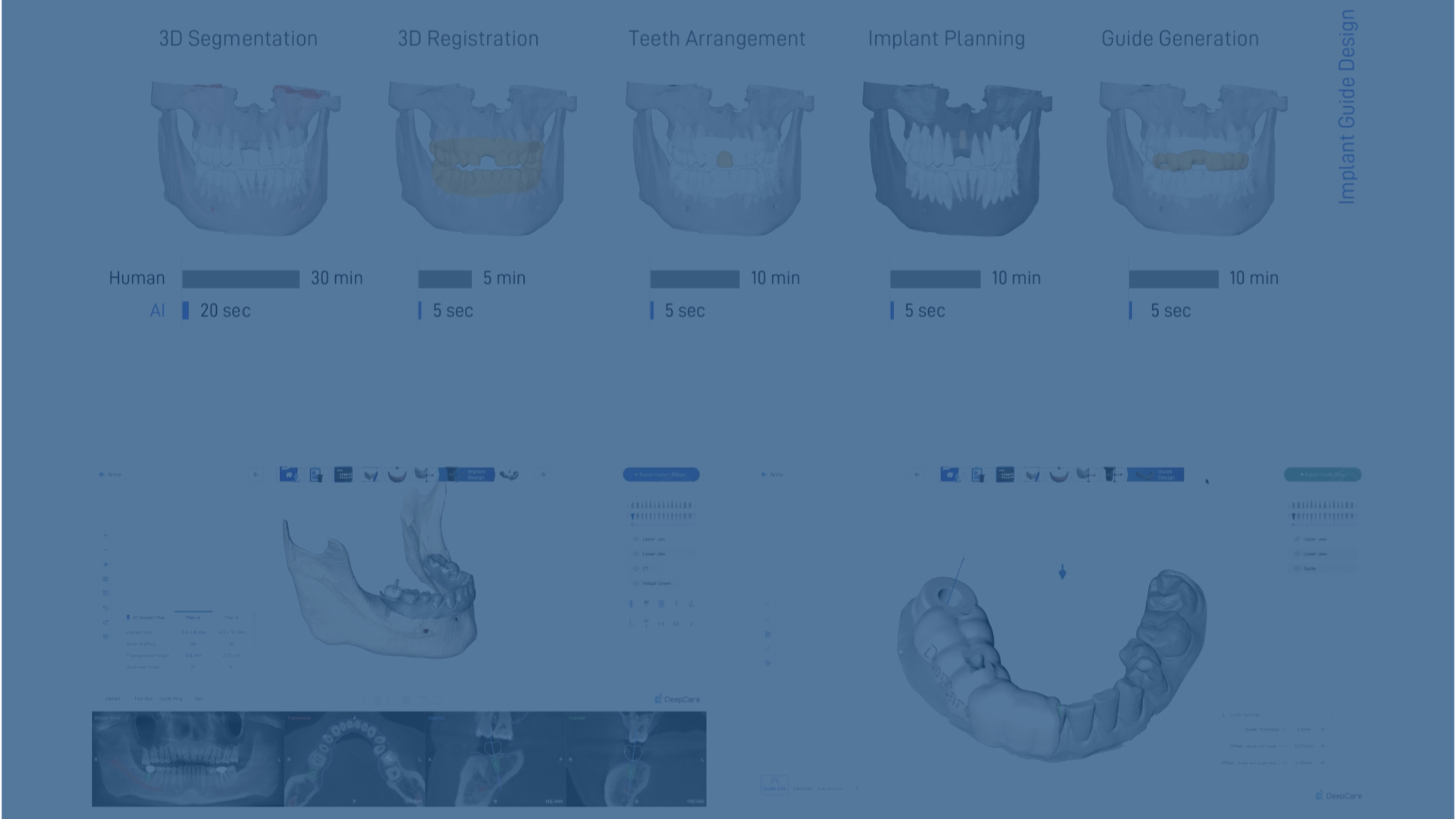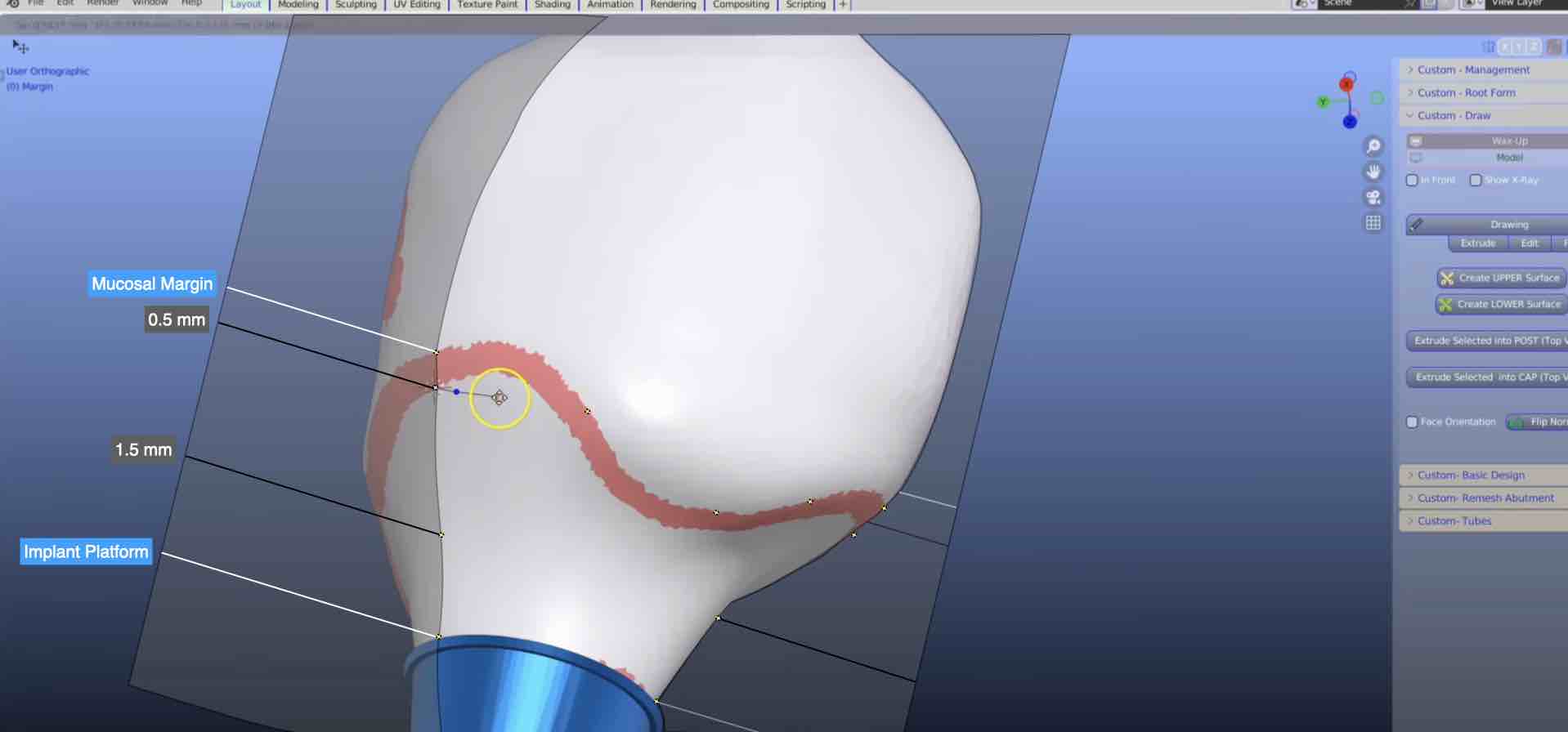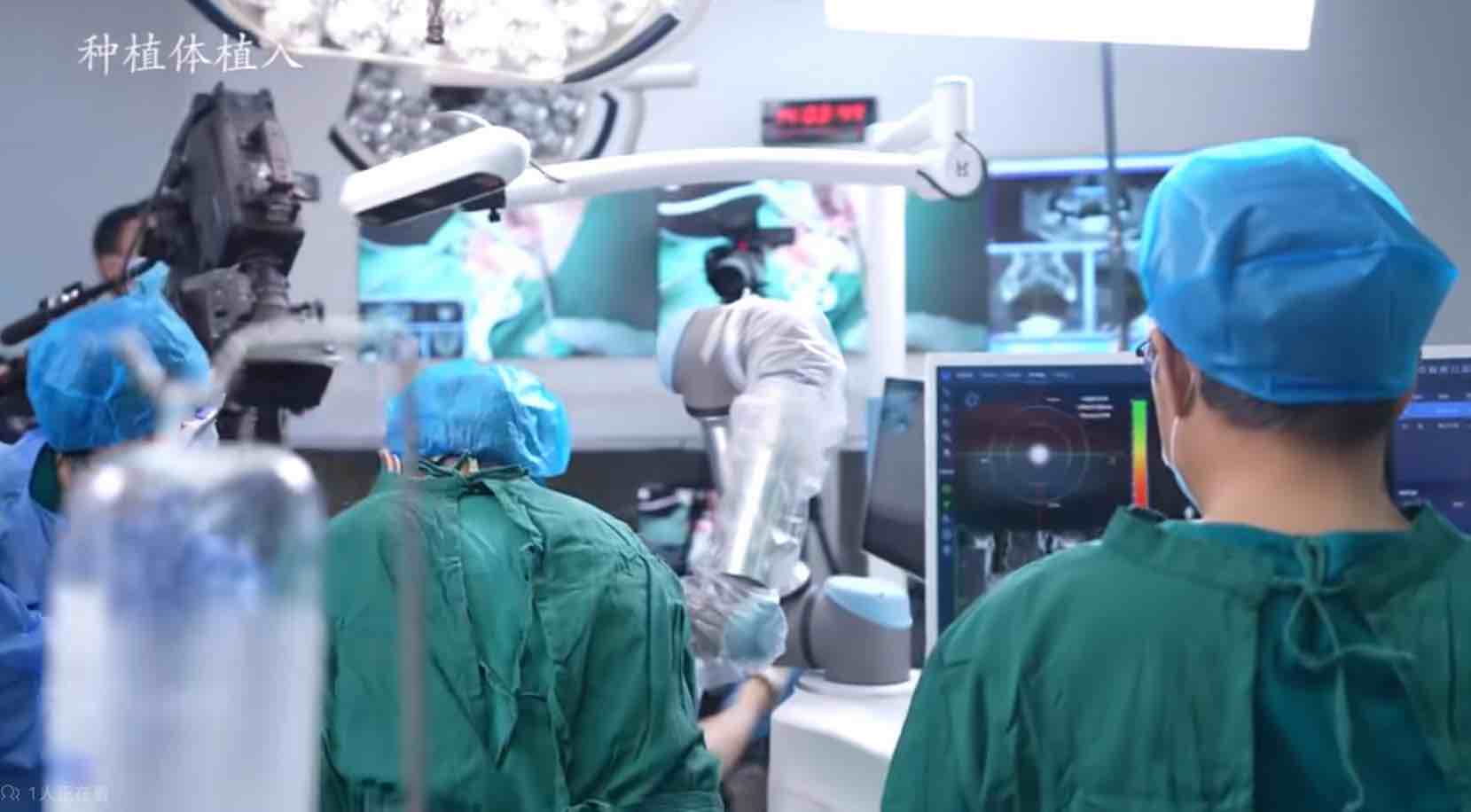Robotics in Implant Dentistry: An Honest Pitch to Believers and Sceptics
Robotic implant surgery is already being hailed as the next frontier—a technological revolution promising unprecedented precision, improved outcomes, and even the holy grail of fully automated surgery. But let’s take a step back and ask: how far have we truly come? Will dental robotics ever become a mainstay rather than a niche curiosity? In this blog post we review the current state of the art in robotic Computer Assisted Implant Surgery and spot to find the next big thing in the near future!









